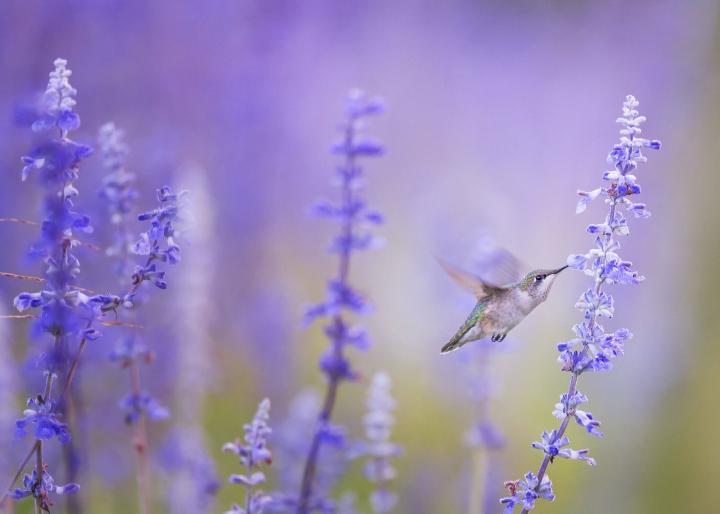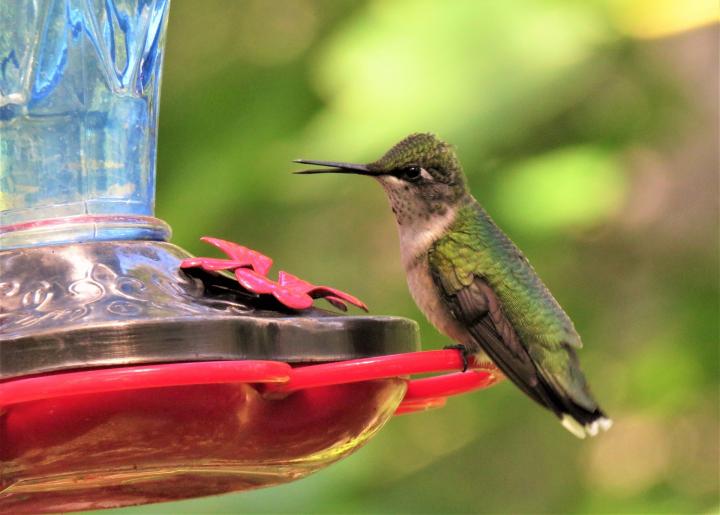
Attract hummingbirds with this list of plants that they’ll find delicious.
Hummingbirds Like These Plants Best!
ADVERTISEMENT
I would love to be able to read the articles and comments without a million ads popping up! You can’t even read ads and comments without it changing your spot. It took me 5 minutes to read a 1 minute article.
Well, the Internet can be hard, but even harder when you're stupid, Karen.
It's you and your computer, not the site.
I wish you would encourage native plants for everyone. So much better for the birds and the bees-all pollinators. Do an article about each regions of the country and what their native plants are for the Hummingbirds etc.
We have ruby throated hummingbirds that visit us every year. They usually arrive mid May and stay until mid Sepember. They are the highlight of my year. I enjoy watching them. I feed them with sugar water and I change the water every two days or every day in the extreme heat. I clean my feeders thoroughly. I think this year I will put two feeders out but spaced apart so I can attract more birds.i also plant flowers that attract the birds and have colorful patio planters that they love. I make sure the feeder is protected and as safe as possible for the birds. It is a commitment but I just love the hummers!
The best way to attract hummingbirds and butterflies is to plant the native plants they evolved with and prefer. Many of the plants on this list provided are non-native and some are even invasive species. They may provide nectar for hummers and butterflies, but they are not host plants for pollinators. Non-native plants cannot support their young and do not allow these pollinators to reproduce. Bottom line: To thrive, pollinators need host plants, all of which are native plants. Also, the mainstay of any hummers' diet are insects, which also need native plants to flourish. Install native plants in your yard or containers and you will have many many more pollinators!
Absolutely right! Our pollinators are in trouble. Check out Pheasants Forever or Quail Forever for seed packets of native flowers for your area. They have individual packets for free and you can sometimes even get them in your public library. They also have bulk seeds for large areas but I don’t think they are free.
Well said! Also omit pesticides sprays. They are toxic
We're 'the only game in town' (actually, far, far from any town or neighbors!) for our ruby-throated hummers, and we have incredible numbers at our home in the woods in Central Missouri. We keep our huge feeders stocked constantly due to the fact that there aren't really any flowering plants for them to feed from, for a couple of reasons--too much shade (woods!) and the need for any plants to be deer-proof. What plants would be both hummer-friendly and deer proof? And do well in the shade?!
Hostas, fuchsias, and columbine are all shade-loving plants that hummingbirds love. The coral bells and weigela also are shade plants, this list has a few shade-loving flowers. Hellebores are a good source of early food, they tend to bloom very early in the spring.
Interesting question. The list above shows best plants for hummingbirds. And we have a separate list for plants that are deer-resistant: https://www.almanac.com/content/deer-resistant-plants You’ll have to cross-reference the lists but at first glance we’d say that sages/salvias and butterfly bush are good choices.










